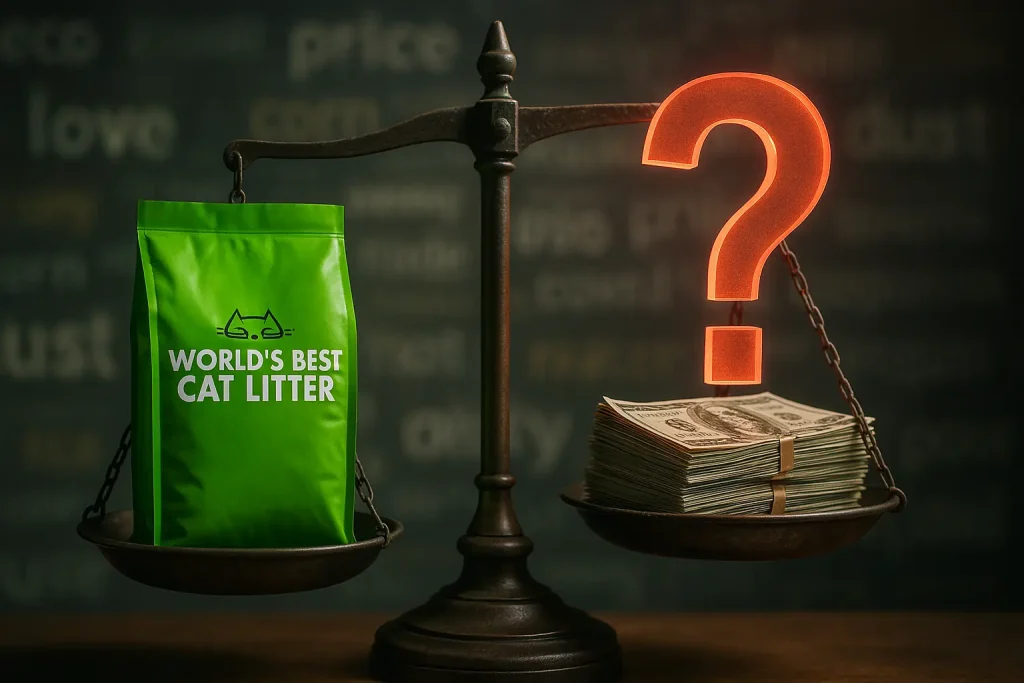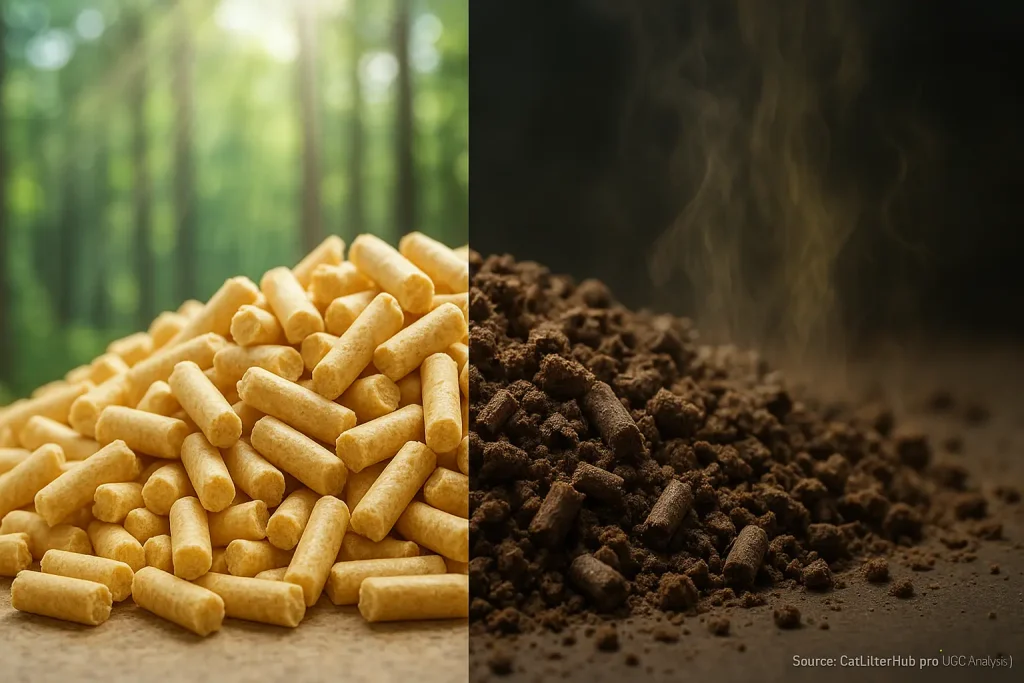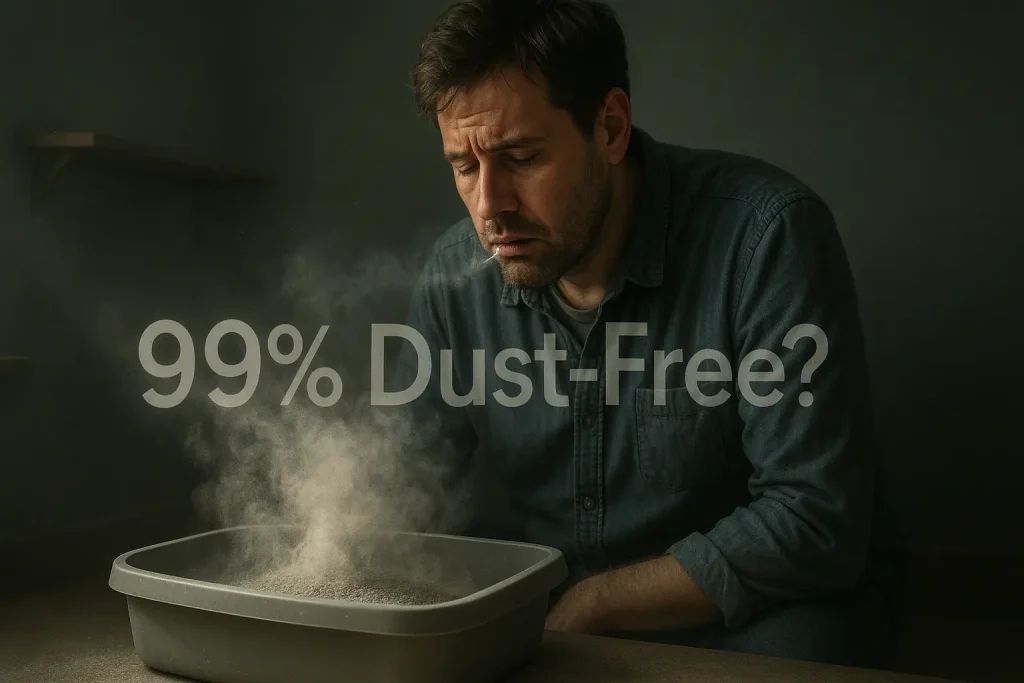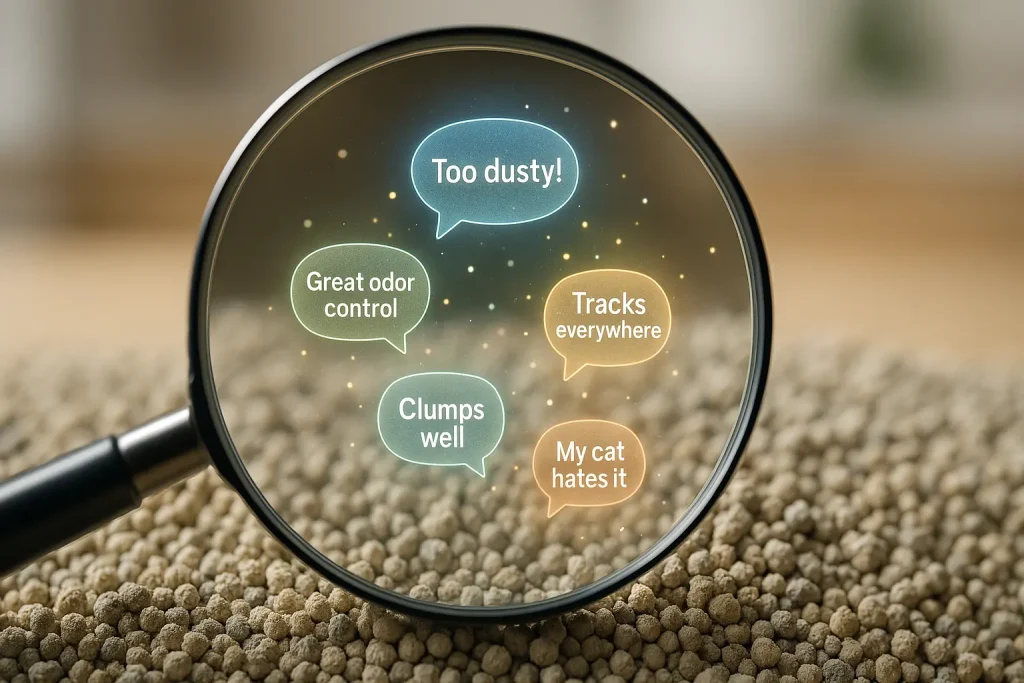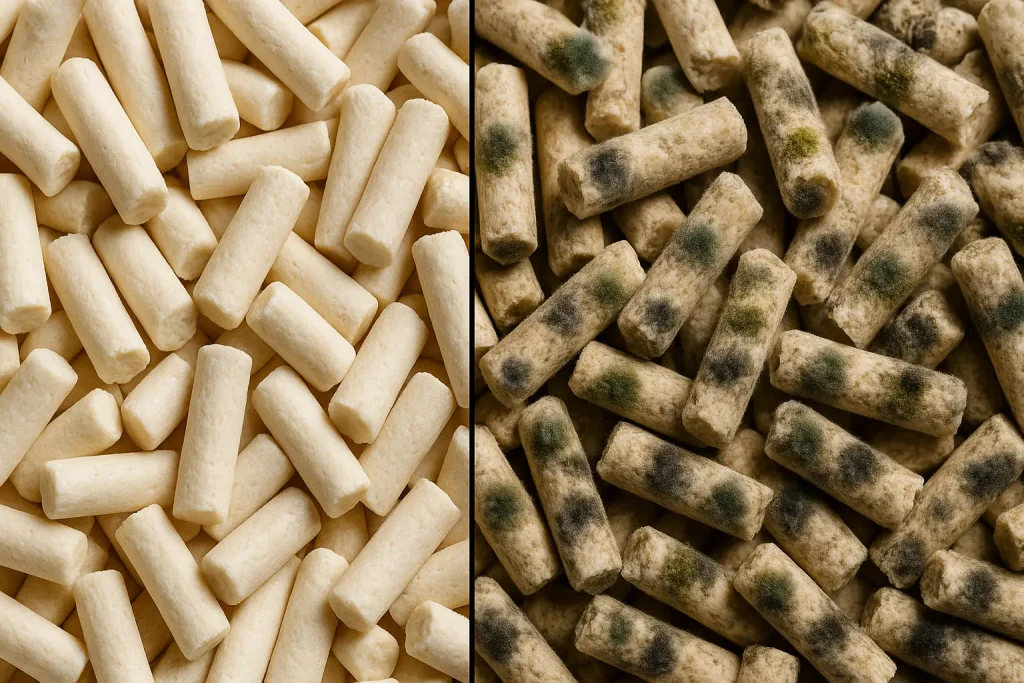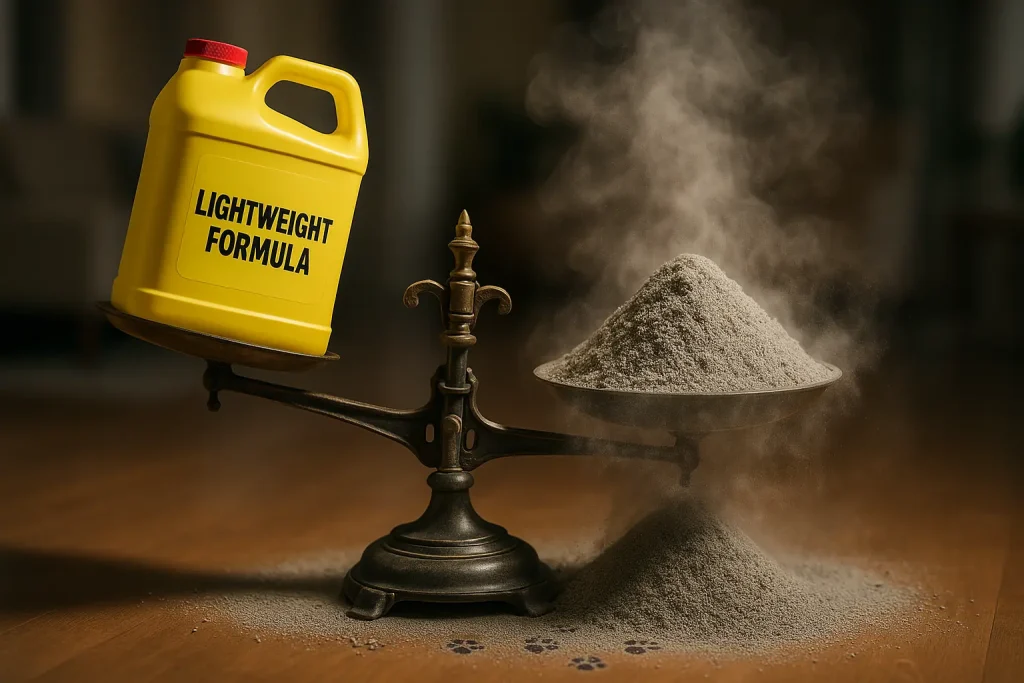The "Low Dust" Label: Marketing Promise vs. User Reality
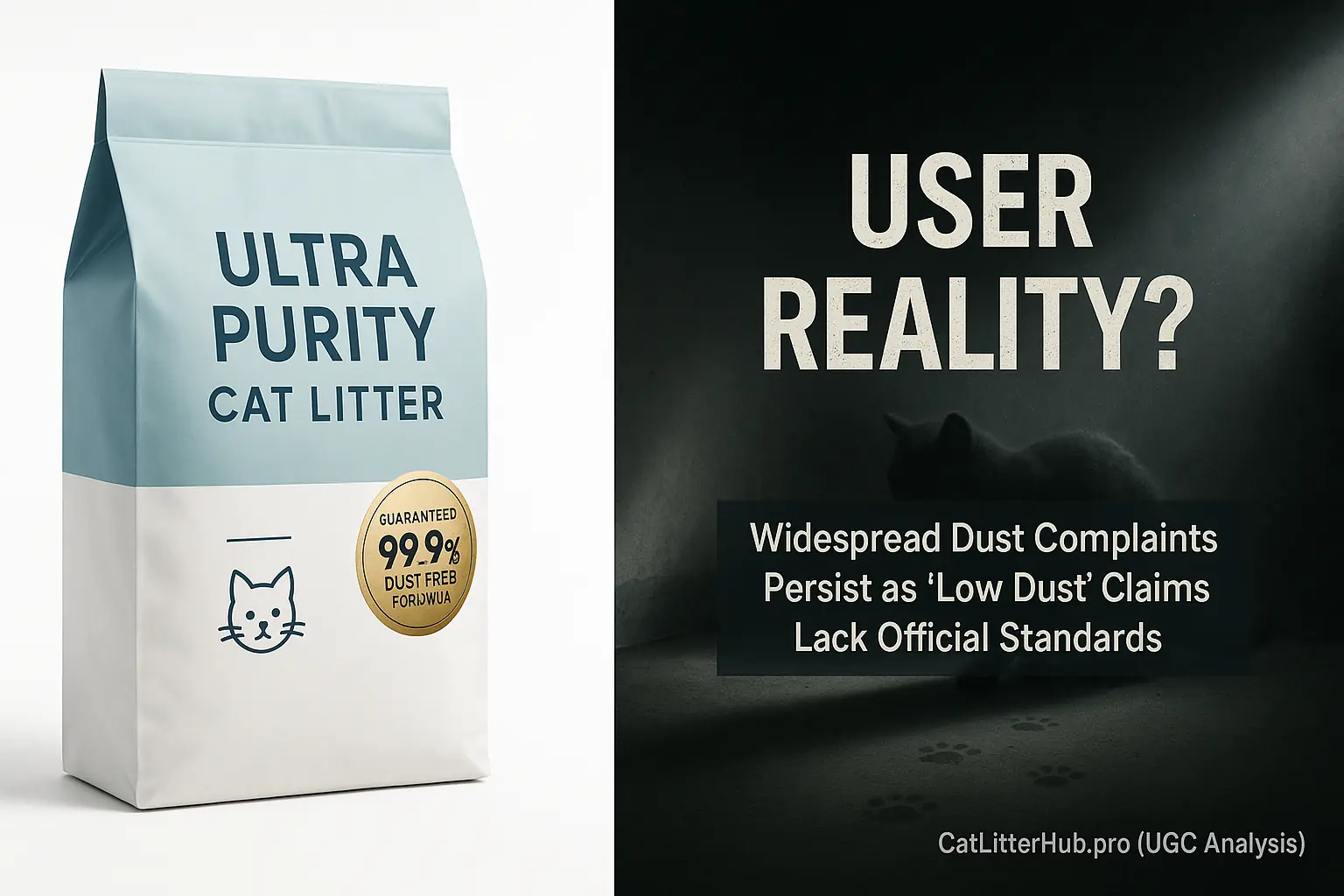
Ever feel like you're in a permanent dust storm after your cat visits the litter box, despite that '99% Dust-Free' promise on the bag? You're not alone. Many cat owners report this exact scenario. Marketing claims often differ from actual dust levels. This gap creates massive user contention. User feedback consistently shows deep dissatisfaction with these 'low dust' assurances.
The truth about 'low dust'? No official standard defines this term for cat litter. Brands often use 'low dust' as a marketing angle. It is not a regulated, scientific measurement. This ambiguity means one brand's 'low' might be another user's 'dust storm.' Consumers find comparing products nearly impossible. Disappointment frequently follows purchase.
So, what is the real story here? Cat Litter Hub analyzed vast amounts of user feedback. This analysis included reviews, forum discussions, and social media comments. We investigate the true nature of clay litter dust. What are its actual sources according to owner experiences? Which dust types do users consistently mention? And what health concerns for pets and people emerge from these real-world accounts?
Unmasking the Culprits: What's REALLY in Clay Litter Dust?
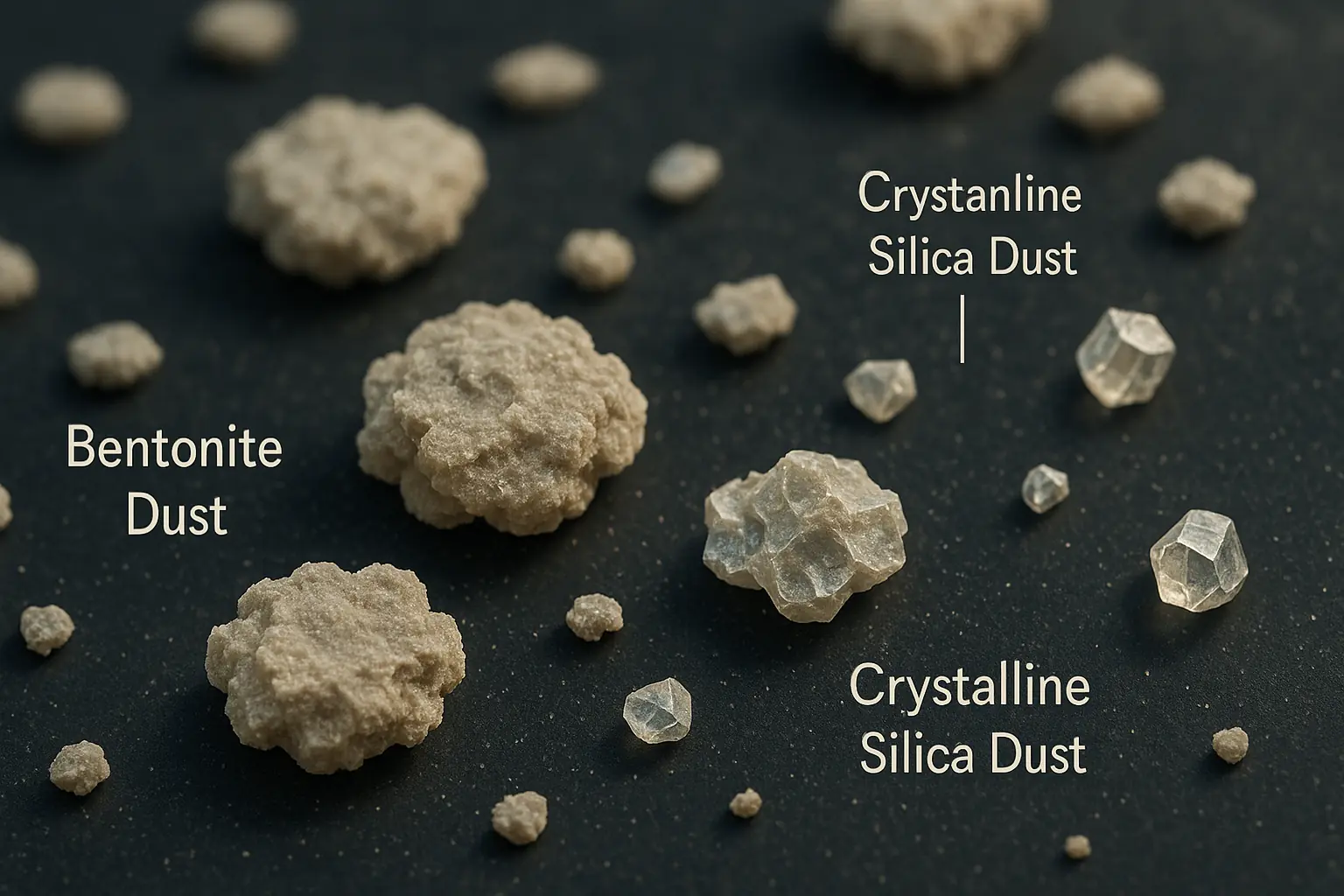
So, what IS that fine powder coating your life? Bentonite clay dust. Primarily. This natural clay possesses incredible absorbency. Its extremely fine granulation means particles readily become airborne. That's the dust many cat owners report.
Countless user accounts describe a gritty, pervasive dust. This dust proves difficult to clean. Imagine one owner: their black bookshelf, they reported, looked 'permanently grey' after a new clay litter. Frequent dusting offered no solution. That’s the bentonite effect.
Beyond bentonite, what else worries cat owners? Crystalline silica. This is a major point of discussion in many user forums. People share concerns about potential respiratory effects. Now, material analyses indicate crystalline silica isn't a primary component of high-quality, pure bentonite litters. The anxiety often stems from experiences with unspecified 'clay' litters or worries about impurities in lower-grade products. The real problem? Manufacturers rarely provide detailed breakdowns of all trace minerals. This information gap leaves many questioning.
The Journey of Dust: From Factory to Your Furniture
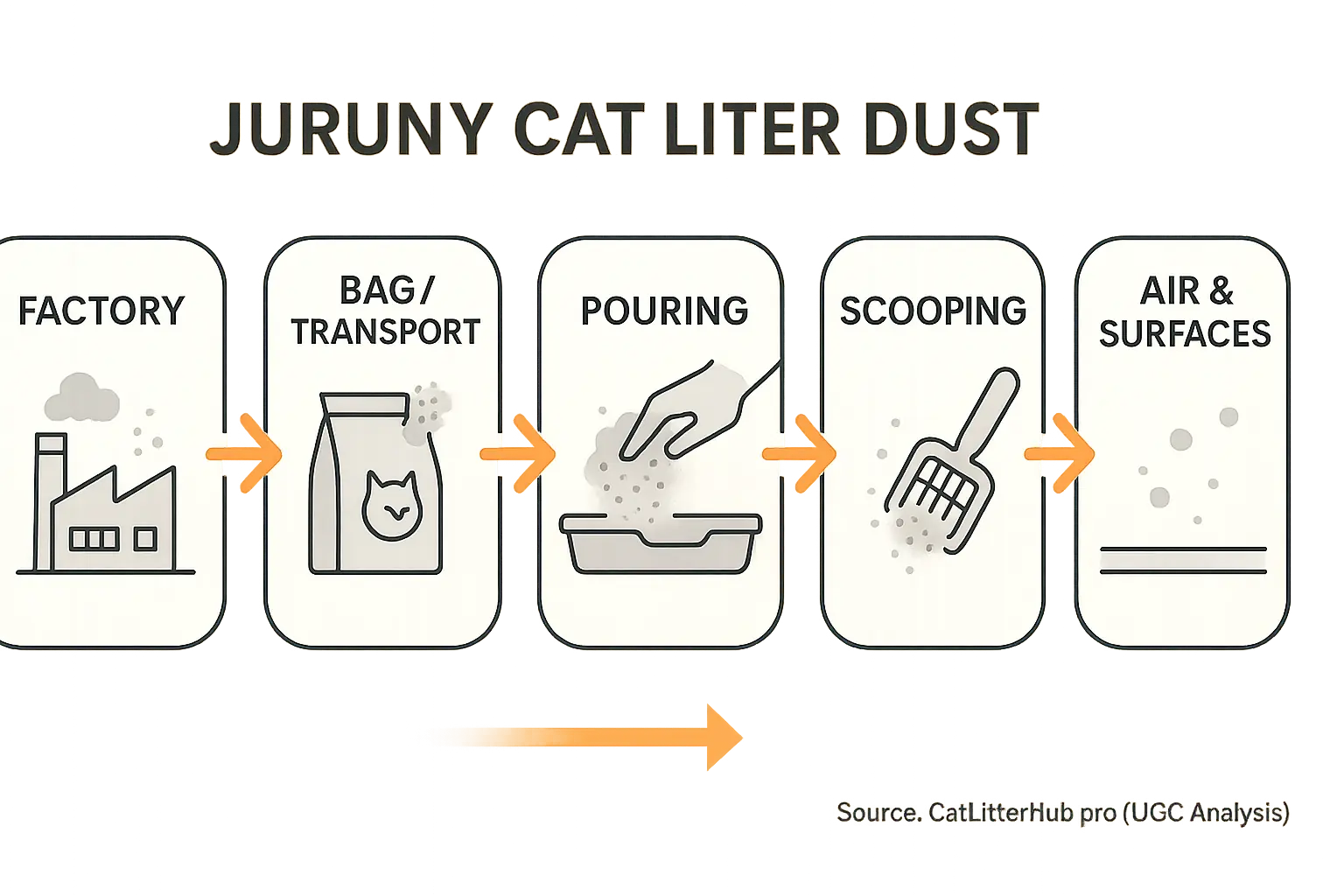
That dust doesn't just magically appear. Its journey starts way before your cat even sees the box. Clay litter dust generation actually begins during manufacturing. The processing of clay creates fine particles. These particles become the dust owners later battle.
Users often report a 'dust plume' when opening new packaging. This is a common complaint. Particle abrasion during transport also can loosen more dust inside bags or boxes. One owner vividly described it: "I opened the new container, and it was like a mini volcano erupted in my laundry room!" "Took ages for the air to clear." Many share similar experiences of this initial dust explosion, a frequent observation in user feedback.
Then comes pouring. Oh, the pouring. Many users pinpoint this action as a major dust-release event in their homes. The height of the pour matters. The speed of pouring also contributes. These factors influence the airborne dust cloud significantly, according to numerous owner accounts. And scooping? That daily ritual can kick up settled dust. This creates a fresh wave of particles in the air. Countless reviews mention this recurring frustration.
So, from factory to scoop, that dust is on a mission. Its final destination is often your home environment. Your floors. Your furniture. Some even worry about their lungs. Users share endless tales of the 'grey film' that covers everything nearby. This pervasive dust creates a constant cleaning challenge, a detail echoed throughout community discussions. It is the cumulative effect of these stages that many find so challenging.
Interactive: Your Home's Litter Dust Impact Profile
What's Your Litter Dust Impact?
Litter dust. A top complaint. Many cat owners report this persistent problem. This profiler helps you see your home's specific dust contributors. Understanding these personal factors is the first step. Real solutions begin here.
Your profile might show medium impact. Or even high. Perhaps you have sensitivities. Remember this truth. Handling and environment play a role. The litter itself is a huge factor. Is your dust impact profile concerning? Or are you or your cat sensitive? Then explore low-dust litters. Cat Litter Hub’s analysis of user feedback can guide you. We highlight brands many owners find truly low-dust.
Beyond the Label: What Users REALLY Say About "Low Dust" Formulas
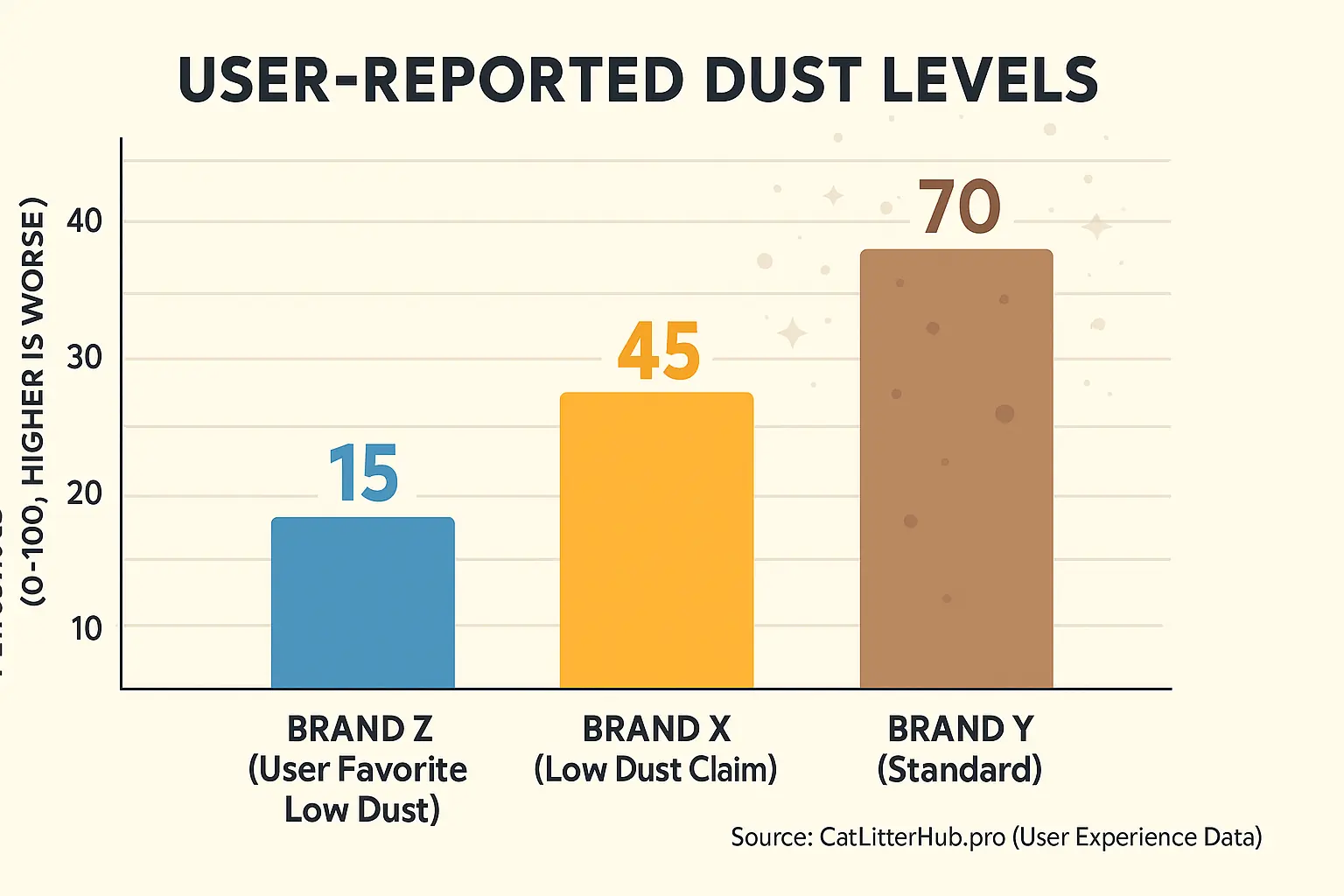
Do any 'low dust' clay litters truly live up to the hype? User experiences are widely varied. Some formulas genuinely perform better, our analysis of user reviews shows. Others completely fail owner expectations.
Pockets of praise exist. Our analysis shows some users consistently find certain brands, like Scoop Away Unscented, genuinely lower in dust. They report "a noticeable difference." Others champion specific fine-granule, unscented clays, calling them "the only type my asthmatic cat tolerates." These preferred options often come with caveats. Higher prices or specific pouring techniques are common user observations.
User experiences also reveal a frustrating flip side. Many cat owners try a highly-marketed 'low dust' formula. They then report, "It was worse than my old, cheaper brand!" A very common thread in reviews details this frustrating cycle: "the first bag was fantastic, the next was an absolute dust storm." This points to a significant problem. Batch inconsistency is the 'litter lottery' many cat owners unwillingly play.
Why this inconsistency? User discussions frequently point to shifting raw material sources. Others suspect unannounced manufacturing process tweaks. The core truth remains. Labels alone offer little reliable assurance for dust control. Collective user wisdom strongly advises seeking recent, specific feedback. Check current feedback for the exact formula you consider.
The Health Side: Respiratory Concerns & Cleaning Nightmares from Clay Dust (UGC Reports)
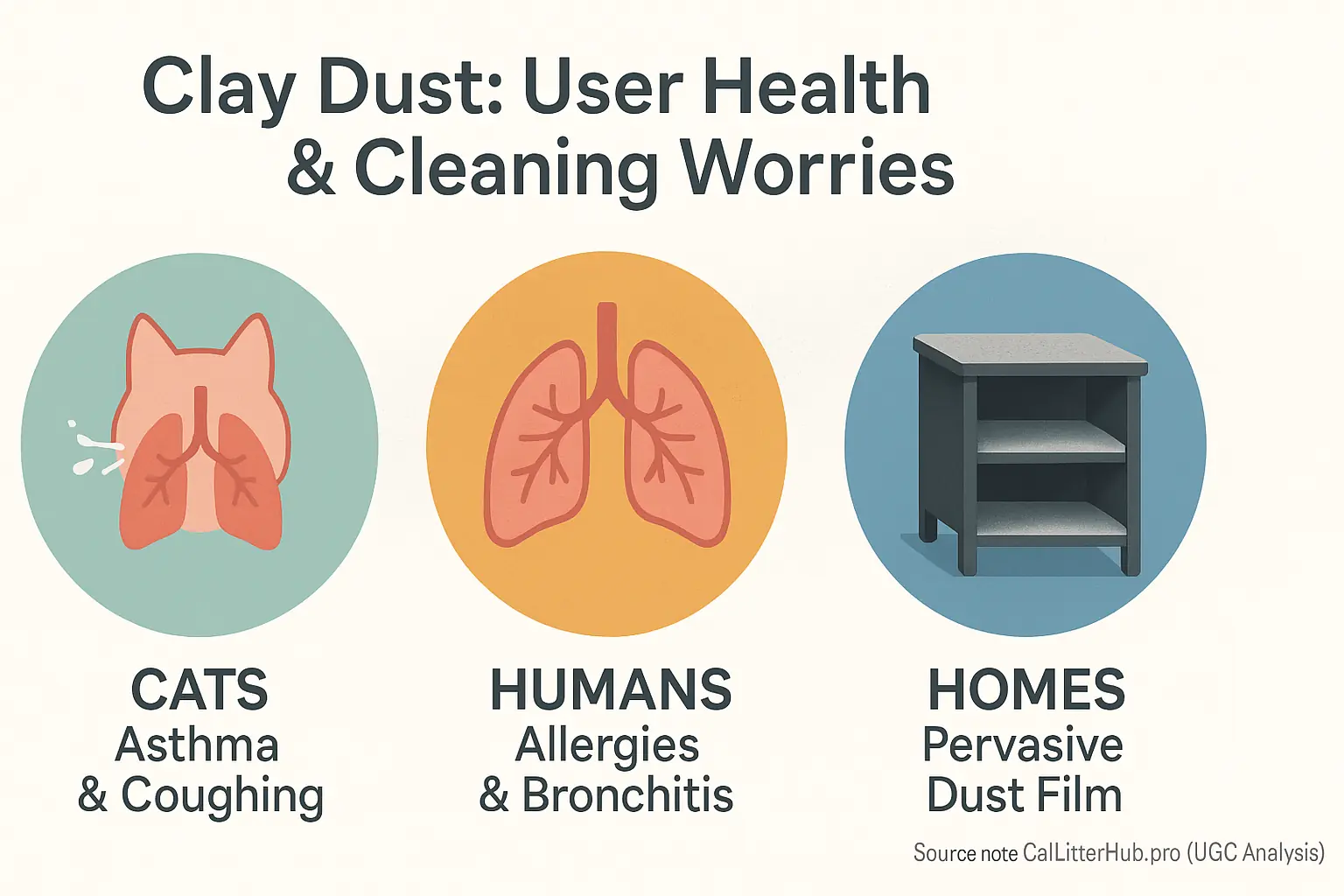
Beyond just annoyance, that constant clay dust raises real health flags for many cat families. We're not just talking a bit of sneezing here. The concerns from user experiences touch both beloved pets and their people. Cats and humans both suffer.
Users frequently share worries about their cats' breathing. "My vet suspected the litter dust was aggravating Fluffy's asthma," one owner might post in an online forum. Others describe cats coughing after using the litter box. Some even notice recurring weepy eyes. These are not isolated incidents; they are recurring themes our analysis of online cat communities reveals. Remember, veterinary consultation is always advised for any pet health issues.
And it's not just the cats. Owners, too, report personal health issues. "I started getting a scratchy throat every time I cleaned the litter box," is a common refrain found in countless reviews. Some people even link chronic sinus problems or troubling allergy flare-ups to the persistent presence of fine litter dust circulating in their homes. The connection seems clear to many.
Then there's the sheer, unending battle against the grey film. Users describe this fine dust settling on everything – electronics, kitchen counters, even bedding. It creates a cleaning nightmare. This constant upkeep adds significant time and, frankly, stress to household routines. These user-reported health and cleaning impacts are precisely why finding genuinely low-dust litter solutions becomes so critical for a peaceful home.
Related Insight: Heavy Metals in Clay Cat Litter: A Real User Concern or Overblown Hype? (UGC & Science Check)
Clay litter dust visibly troubles many cat owners. User concerns, however, sometimes extend far beyond just airborne particles. A notable portion of feedback reveals anxieties about bentonite clay's fundamental composition. The potential presence of heavy metals specifically worries some dedicated cat parents.
Is this a widespread problem or an overblown fear? Cat Litter Hub is gearing up to explore this complex topic. Our next deep dive will meticulously compare these user-voiced concerns with current scientific information. We aim to uncover what our extensive analysis of community feedback truly suggests about clay litter safety.

